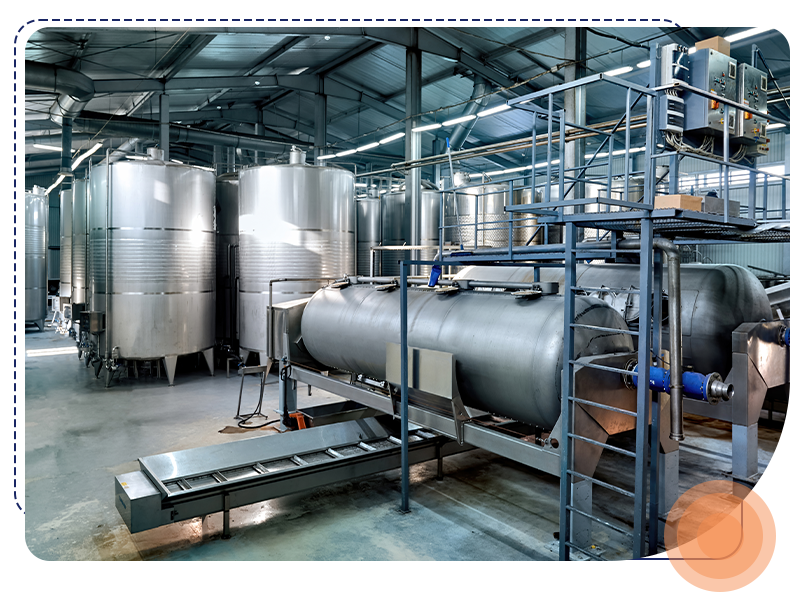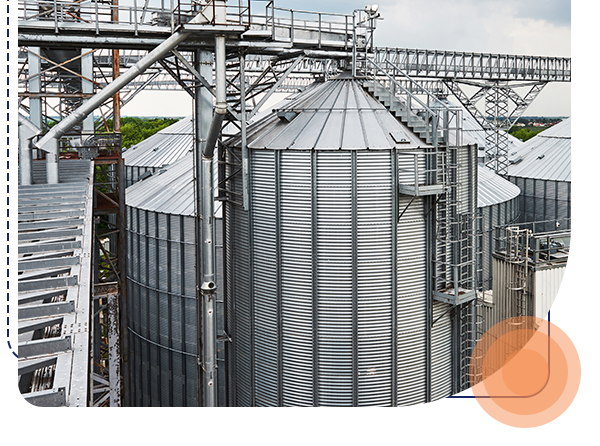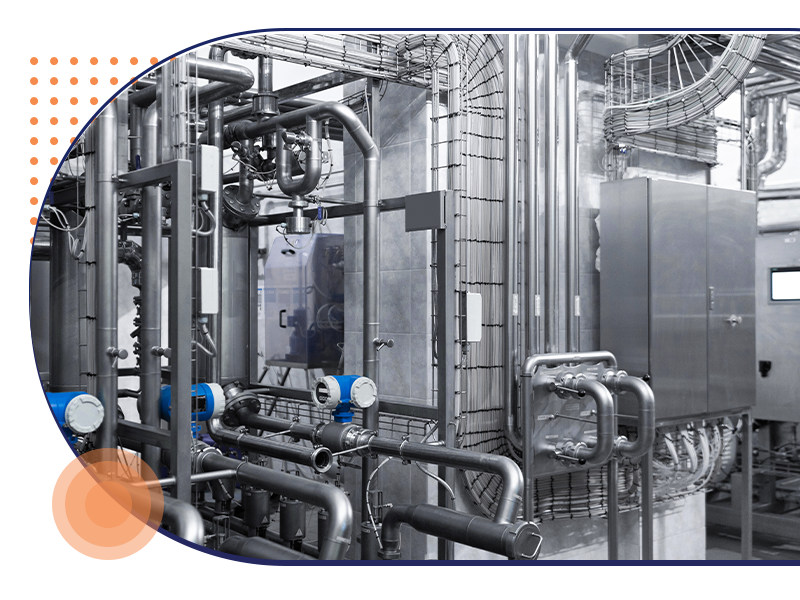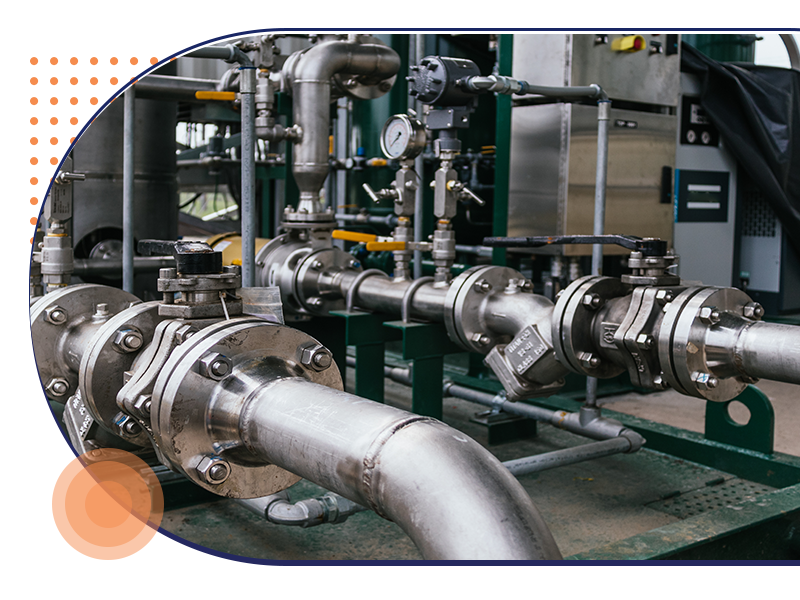Condensate Management

Customized Package Solutions
June 11, 2024
Steam Distribution
June 11, 2024In industrial operations, especially those involving steam systems, managing condensate effectively is essential for maintaining efficiency, safety, and sustainability. Condensate, the liquid byproduct formed when steam cools and condenses, can present significant challenges if not properly handled. This blog explores the importance of condensate management and highlights best practices to ensure optimal performance in industrial systems.
Understanding Condensate and Its Challenges
Condensate forms in various industrial processes, such as in boilers, steam turbines, and heat exchangers. While condensate can be a valuable resource, improper management can lead to several issues:
- Corrosion: Dissolved gases like oxygen and carbon dioxide in condensate can cause corrosion in pipelines and equipment.
- Water Hammer: Sudden pressure changes from condensate buildup can create shock waves, damaging pipes and valves.
- Energy Loss: Unmanaged condensate results in significant heat loss, reducing the efficiency of steam systems.
- Environmental Impact: Improper disposal of untreated condensate can contribute to water pollution.
Benefits of Effective Condensate Management
Implementing effective condensate management brings numerous benefits:
- Energy Savings: Recovering and reusing condensate reduces energy consumption. Since condensate is already hot, it requires less energy to convert back into steam, leading to substantial energy savings.
- Water Conservation: Reusing condensate reduces the need for fresh water, supporting water conservation efforts and lowering operational costs.
- Improved System Efficiency: Proper condensate management prevents issues like water hammer and corrosion, ensuring smoother and more efficient steam system operations.
- Cost Reduction: Energy savings and reduced water usage translate into lower operational costs. Additionally, minimizing equipment damage and downtime leads to cost savings on repairs and maintenance.
- Environmental Benefits: Treating and reusing condensate minimizes the discharge of pollutants into the environment, aiding sustainability efforts and regulatory compliance.
Best Practices for Condensate Management
To fully realize the benefits of condensate management, industries should implement the following best practices:
- Condensate Recovery Systems: Install condensate recovery systems to collect and return condensate to the boiler, reducing the need for fresh make-up water and improving efficiency.
- Regular Maintenance: Conduct regular maintenance of steam traps, condensate pumps, and return lines to ensure they are functioning correctly. Regular inspections help identify and fix issues before they escalate.
- Proper Insulation: Insulate condensate return lines to minimize heat loss. Proper insulation maintains the temperature of the condensate, making it easier to reuse.
- Water Treatment: Treat condensate to remove dissolved gases and impurities that can cause corrosion. Water treatment solutions like deaerators and chemical additives can enhance the quality of condensate.
- Monitoring and Control: Implement monitoring and control systems to track condensate levels, pressure, and temperature. Automated controls can optimize condensate management processes and quickly respond to any deviations.
- Training and Awareness: Train personnel on the importance of condensate management and best practices. Raising awareness ensures that everyone involved understands their role in maintaining an efficient system.
Benefits of Effective Condensate Management
Implementing effective condensate management brings numerous benefits:
- Energy Savings: Recovering and reusing condensate reduces energy consumption. Since condensate is already hot, it requires less energy to convert back into steam, leading to substantial energy savings.
- Water Conservation: Reusing condensate reduces the need for fresh water, supporting water conservation efforts and lowering operational costs.
- Improved System Efficiency: Proper condensate management prevents issues like water hammer and corrosion, ensuring smoother and more efficient steam system operations.
- Cost Reduction: Energy savings and reduced water usage translate into lower operational costs. Additionally, minimizing equipment damage and downtime leads to cost savings on repairs and maintenance.
- Environmental Benefits: Treating and reusing condensate minimizes the discharge of pollutants into the environment, aiding sustainability efforts and regulatory compliance.
- Training and Awareness: Train personnel on the importance of condensate management and best practices. Raising awareness ensures that everyone involved understands their role in maintaining an efficient system.





